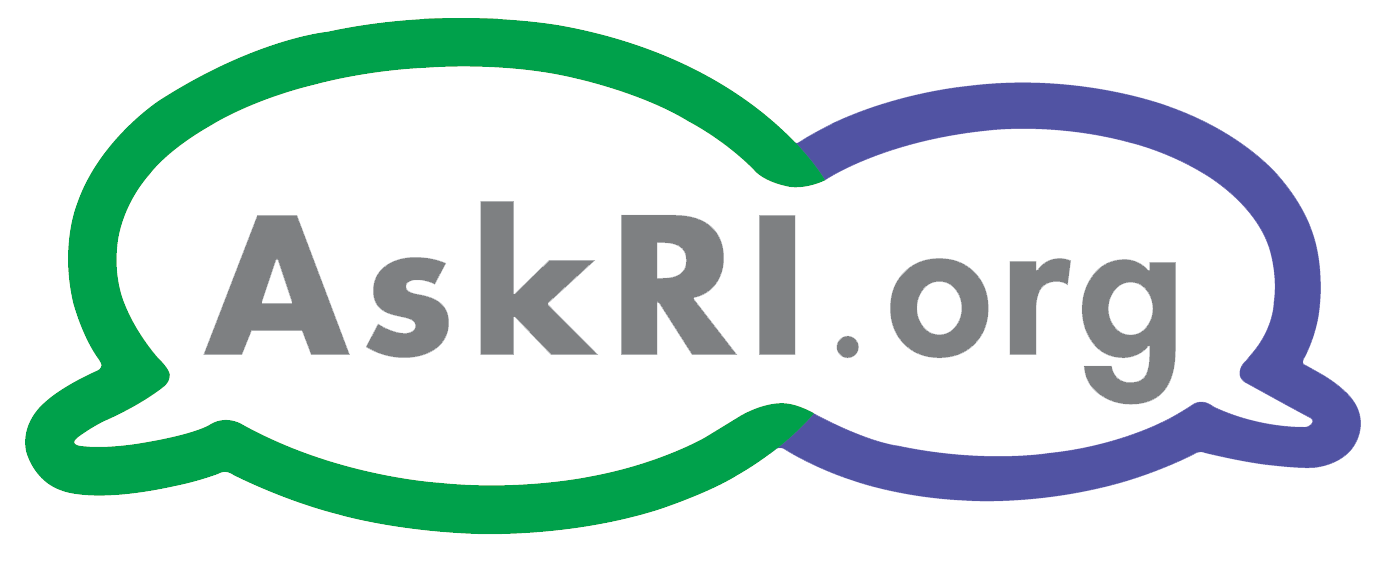Westerly Sun Column | Kids’ Books Hold the Key to All Knowledge
May 06, 2024

James Holzhauer, 32-time champion on “Jeopardy!”, has an interesting secret to his success: children’s books! According to Holzhauer, kids’ books are full of pictures, infographics, and fun facts that keep the reader engaged and help them retain information, as opposed to traditional reference materials which can be — frankly — a bit boring. Now, I’ve said it before, but I’m NOT one of those librarians that wins “Jeopardy!” (or even excels at it from home). However, as a parent of two little ones, I read plenty of children’s books, and I honestly learn something new every day. Whether you’re parenting inquisitive children, or you want dominate your local trivia night, I recommend a trip through the kid’s nonfiction section of the library!
For general trivia, National Geographic publishes a number of nonfiction series that appeal to elementary-aged children, like the “Weird But True!” books and the “Everything” series. Each title focuses on a different subject, from outer dpace to big cats, and includes hundreds of fascinating facts and high-quality photographs. My daughter received the “Little Kids First Big Book of Why” when she was 3 (right in time for the dreaded toddler “why” phase), and it has been a great help in satisfying at least some of her developmentally appropriate — but astoundingly incessant — lines of questioning.
Our adult nonfiction books are great for folks who are looking for in-depth knowledge, but for the basics, presented in layman’s terms, I’ll often add a children’s book or two to the list of recommendations. Personally, I find merit in some of our kids’ coding books, which help me keep up with my 6-year-old’s discussions about conditionals and algorithms (at least for now). Hand me a book like “Principles of Programming & Coding” and I’ll be lost halfway through the first page, but I grasp the concepts in “How to Code a Sandcastle” by Josh Funk! I was chatting with a coworker recently, who raved about a kids’ book called “The Story of Pasta and How to Cook It” by Steven Guarnaccia, which offers historical perspectives and recipes for 35 famous pasta shapes. Not only did she learn the difference between tortellini and cappelletti, but she shared it with her mother, who saved a number of recipes for future use!
Contemporary children’s nonfiction books have found some great ways to make learning appealing for little ones. If your kid likes potty humor, they’ll get a kick out of “Butt or Face: Can You Tell Which End You’re Looking At?” by Kari Lavelle, which is chock full of fascinating animal facts (and butts, to keep the wee ones entertained). Similarly, “Butterflies Are Pretty ... Gross!” by Rosemary Mosco presents a ton of hilariously gross scientific facts about our favorite insects, making it great for reluctant readers. If you have a curious/opportunistic child who stalls bedtime with a thousand complicated questions, you can head them off with “The Bedtime Book of Incredible Questions” by Isabel Thomas … and learn important information, like why you can’t tickle yourself, in the process!
by Cassie Skobrak, Adult Services Librarian








